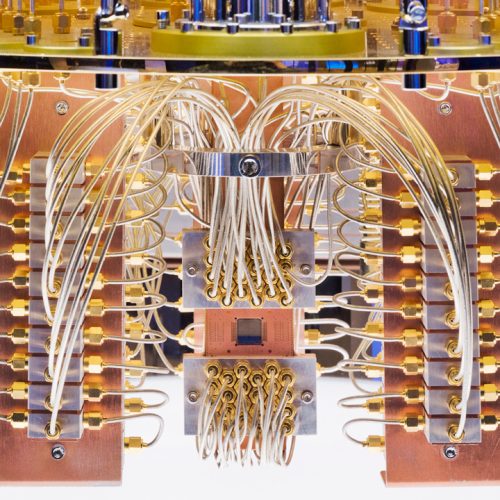IBM opens its quantum-computing stack to third parties
As we described earlier this year, operating a quantum computer will require a significant investment in classical computing resources, given the amount of measurements and control operations that need to be executed and interpreted. That means that operating a quantum computer will also require a software stack to control and interpret the flow of information from the quantum side.
But software also gets involved well before anything gets executed. While it's possible to execute algorithms on quantum hardware by defining the full set of commands sent to the hardware, most users are going to want to focus on algorithm development, rather than the details of controlling any single piece of quantum hardware. "If everyone's got to get down and know what the noise is, [use] performance management tools, they've got to know how to compile a quantum circuit through hardware, you've got to become an expert in too much to be able to do the algorithm discovery," said IBM's Jay Gambetta. So, part of the software stack that companies are developing to control their quantum hardware includes software that converts abstract representations of quantum algorithms into the series of commands needed to execute them.
IBM's version of this software is called Qiskit (although it was made open source and has since been adopted by other companies). Recently, IBM made a couple of announcements regarding Qiskit, both benchmarking it in comparison to other software stacks and opening it up to third-party modules. We'll take a look at what software stacks do before getting into the details of what's new.


© [CDATA[IBM]]
